Varsha Ramachandran
I am a postdoctoral researcher at the Astronomisches Rechen-Institut (ARI), Zentrum für Astronomie der Universität Heidelberg (ZAH). My research focuses on massive stars (eight times or more massive than our Sun). They represent the most luminous stars that allow us to observe them even far away galaxies at large cosmic distances. I am particularly working on massive stellar populations in the nearby low metallicity galaxies trying to understand their properties, wind, evolution, and feedback to the surrounding interstellar medium. Recent years of my study have been dedicated to analyzing the spectra of large sample hot stars using state-of-the-art stellar atmosphere models. I use the world’s largest telescopes to collect multi-wavelength spectroscopic data and analyze them to infer the observational properties of massive stars and binaries in the Local Group.
After earning a degree in electronics engineering, I decided to pursue a career in astrophysics. I obtained my master’s degree in 2015 from the Indian Institute of Space Science and Technology, where I conducted multi-wavelength study on a Galactic star-forming region. After that, I relocated to Germany for graduate school. I received my PhD degree from Institut für Physik und Astronomie, Universität Potsdam in August 2019, by conducting a quantitative spectroscopic study of OB stars in the Magellanic Clouds. For two years, I worked as a postdoc at Universität Potsdam and in 2021 I moved to Heidelberg. During postdoc, I continue to broaden the scope of my research including studies of black hole high mass X-ray binary systems, the low metallicity OB stars and the chemical evolution of the Magellanic Bridge, and massive binary interaction products at low metallicity as well as calculation and application of hydrodynamically consistent stellar atmosphere models.
Interests
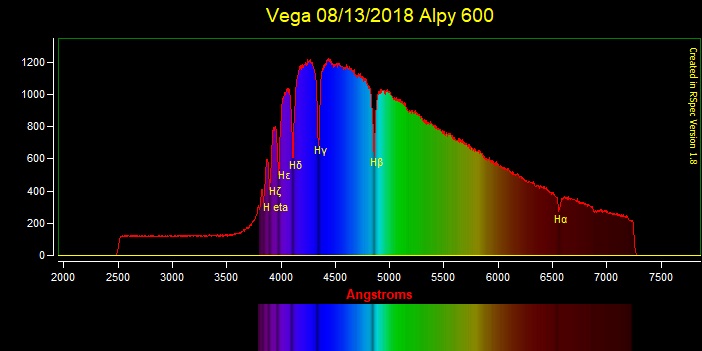
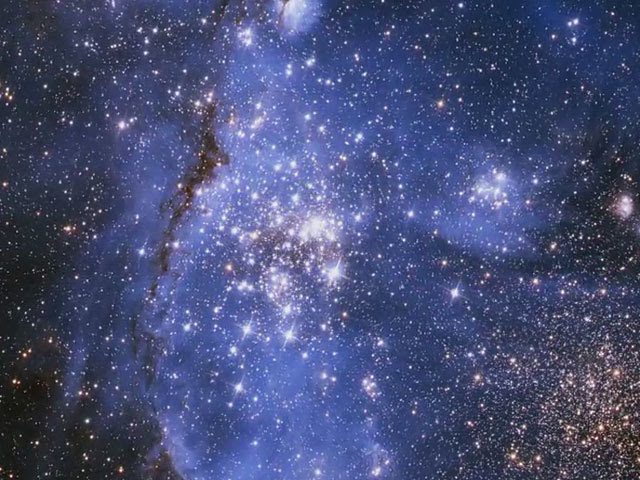
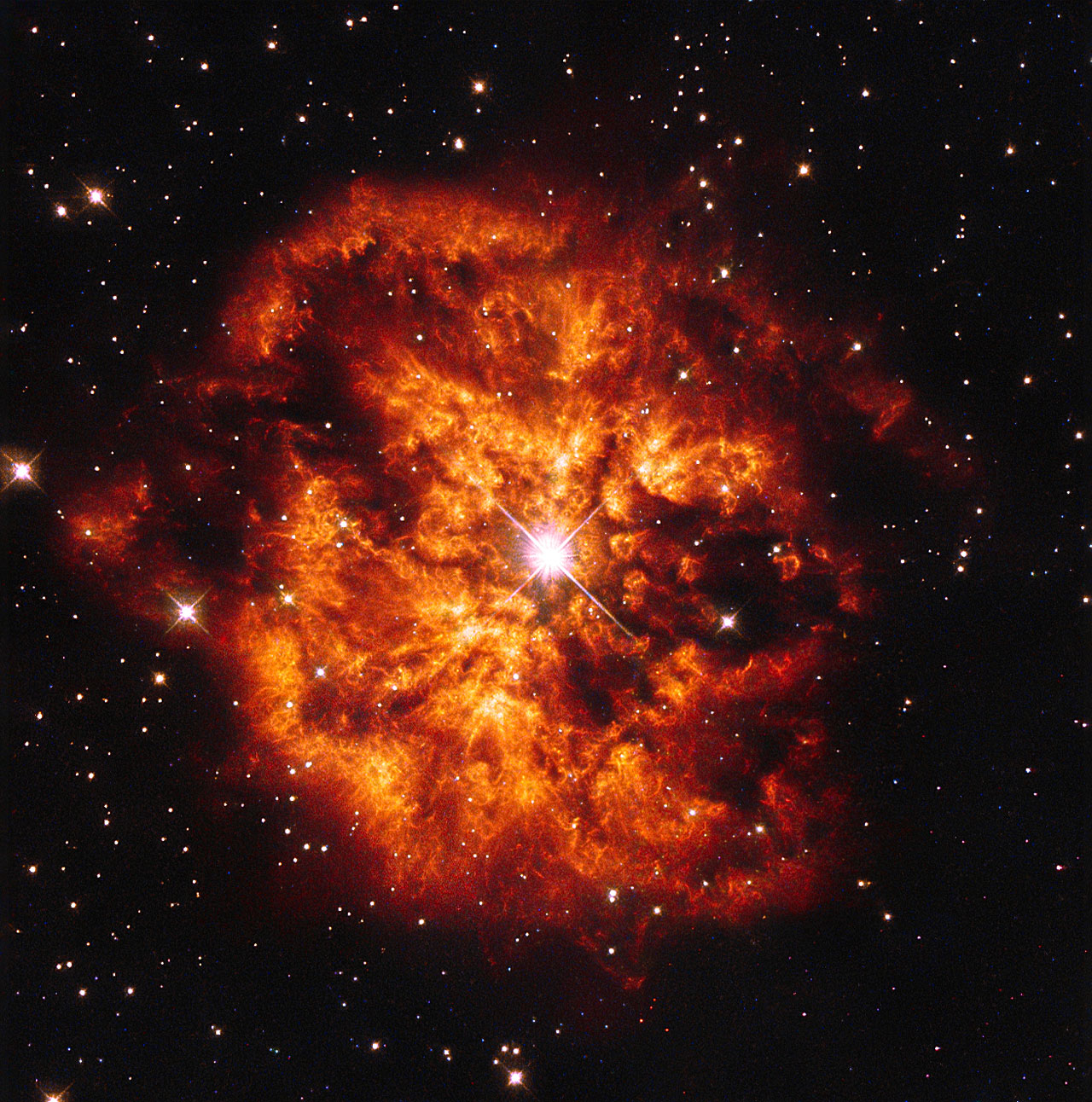
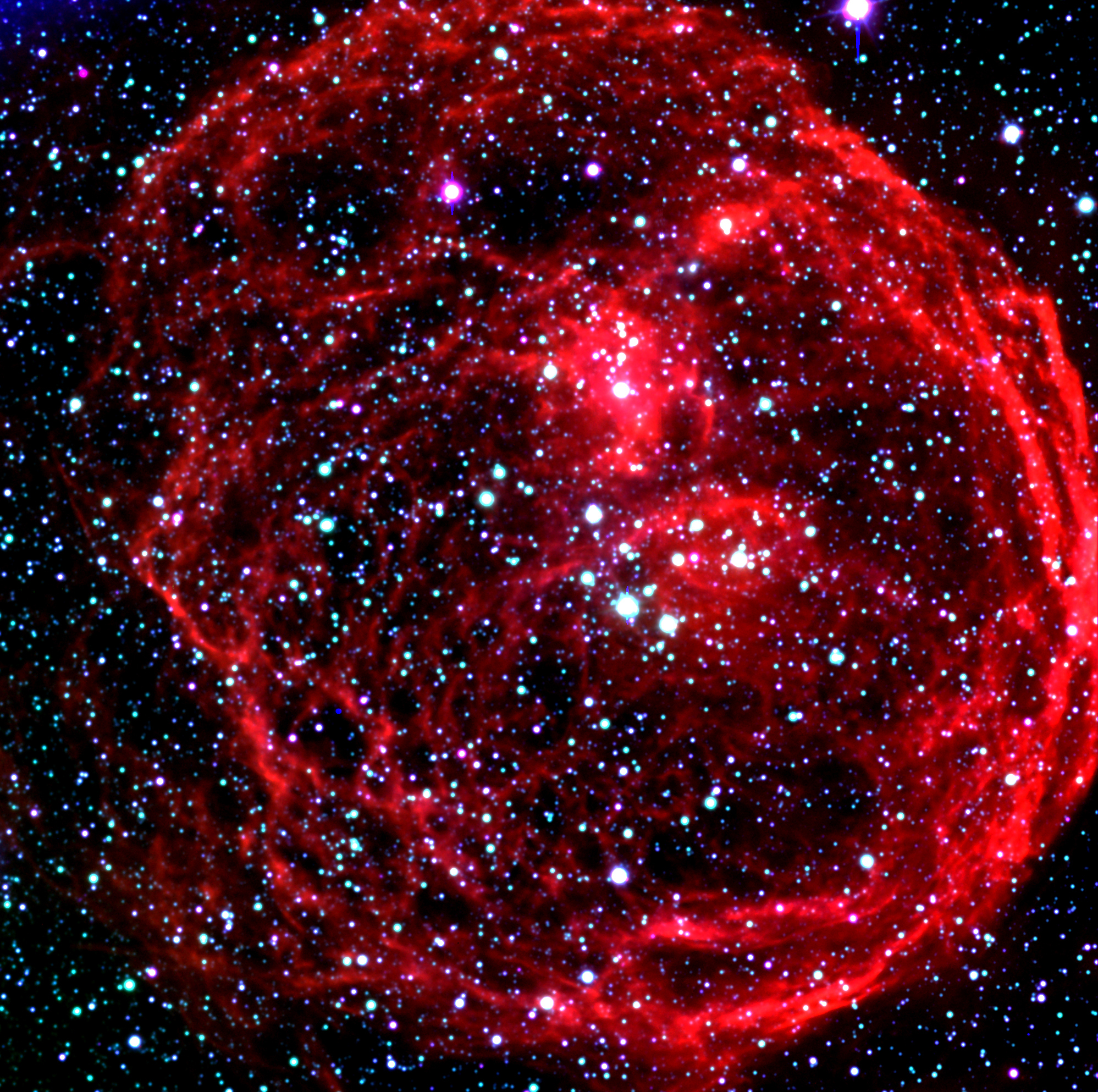

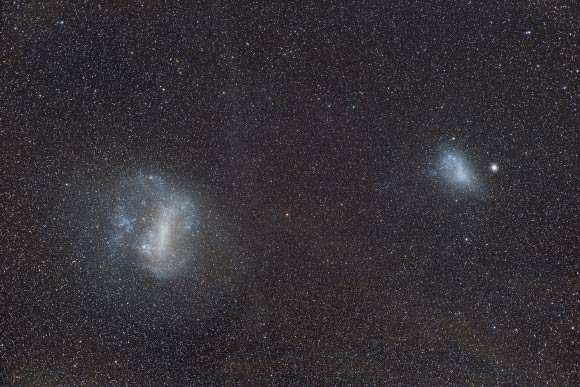
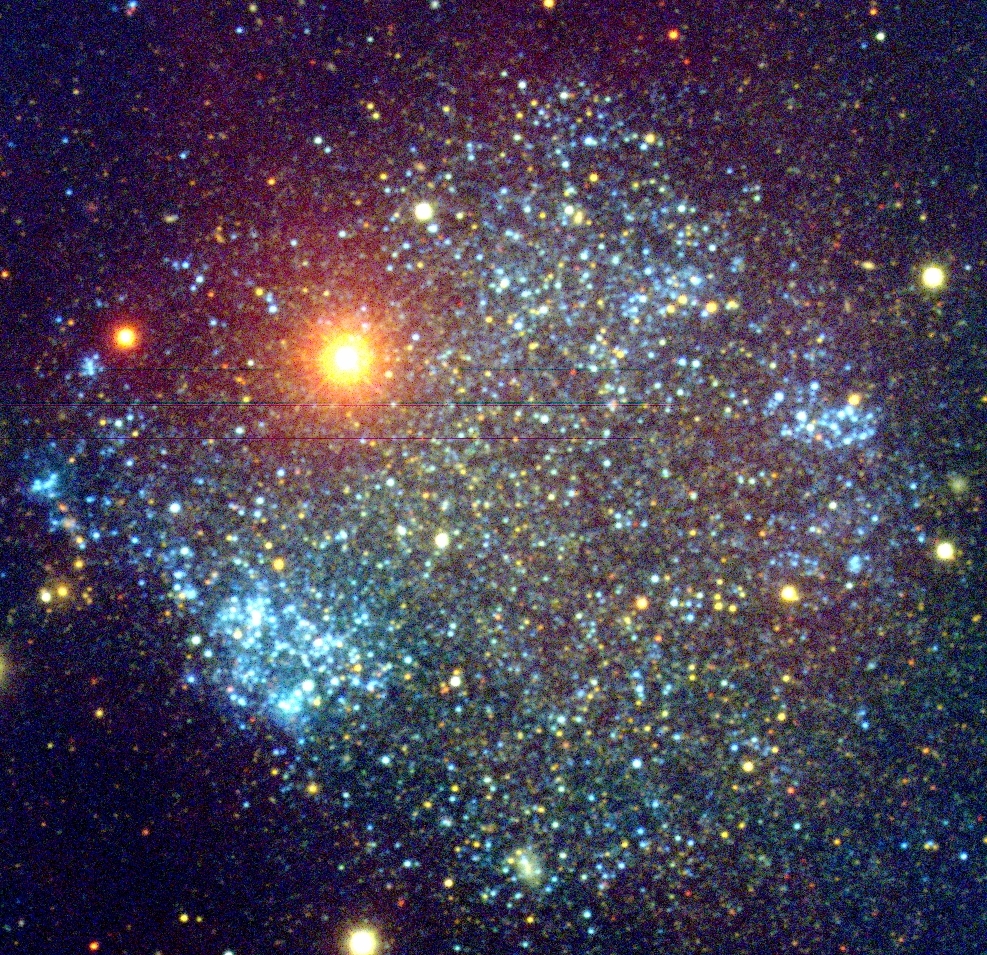
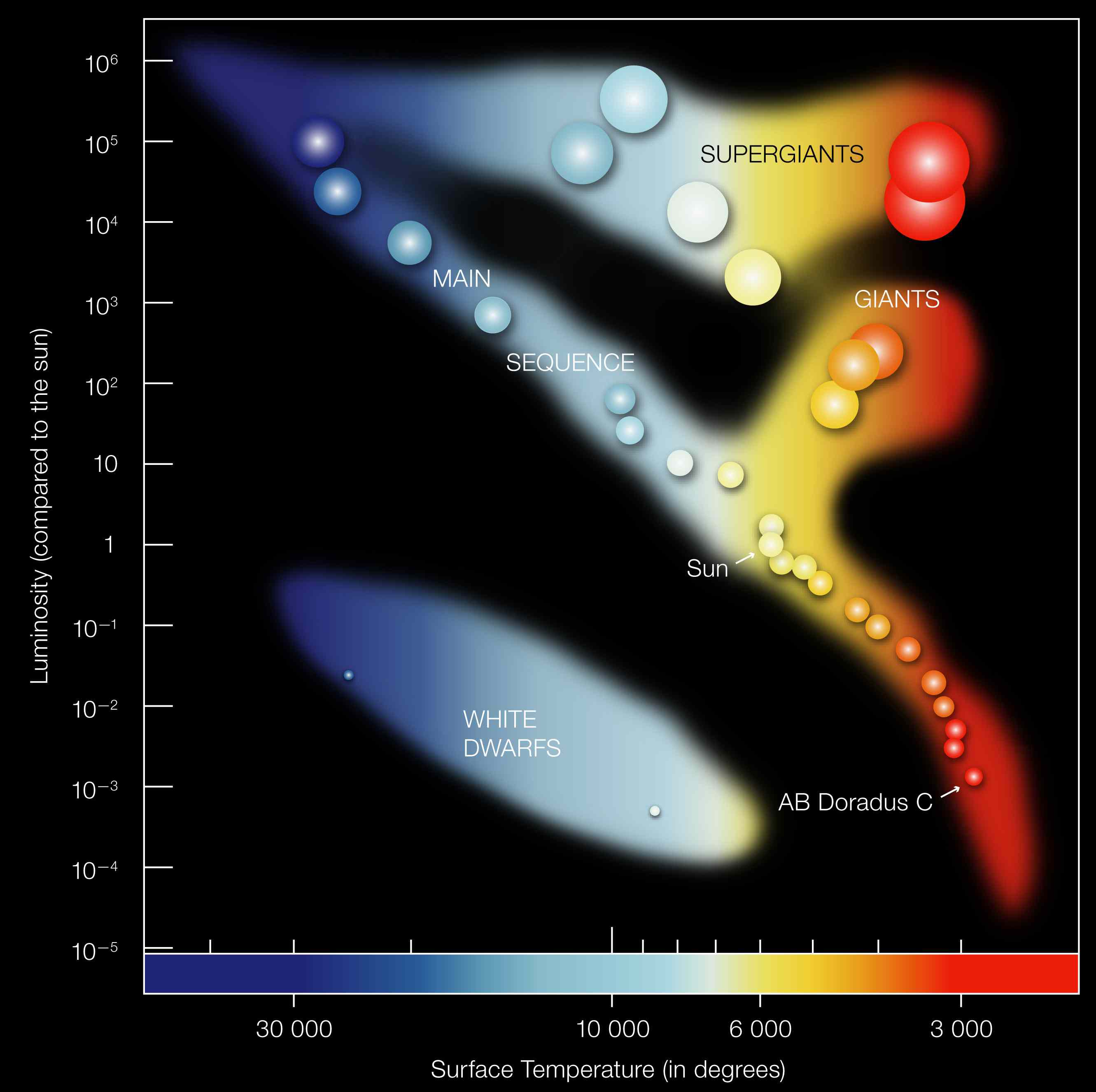
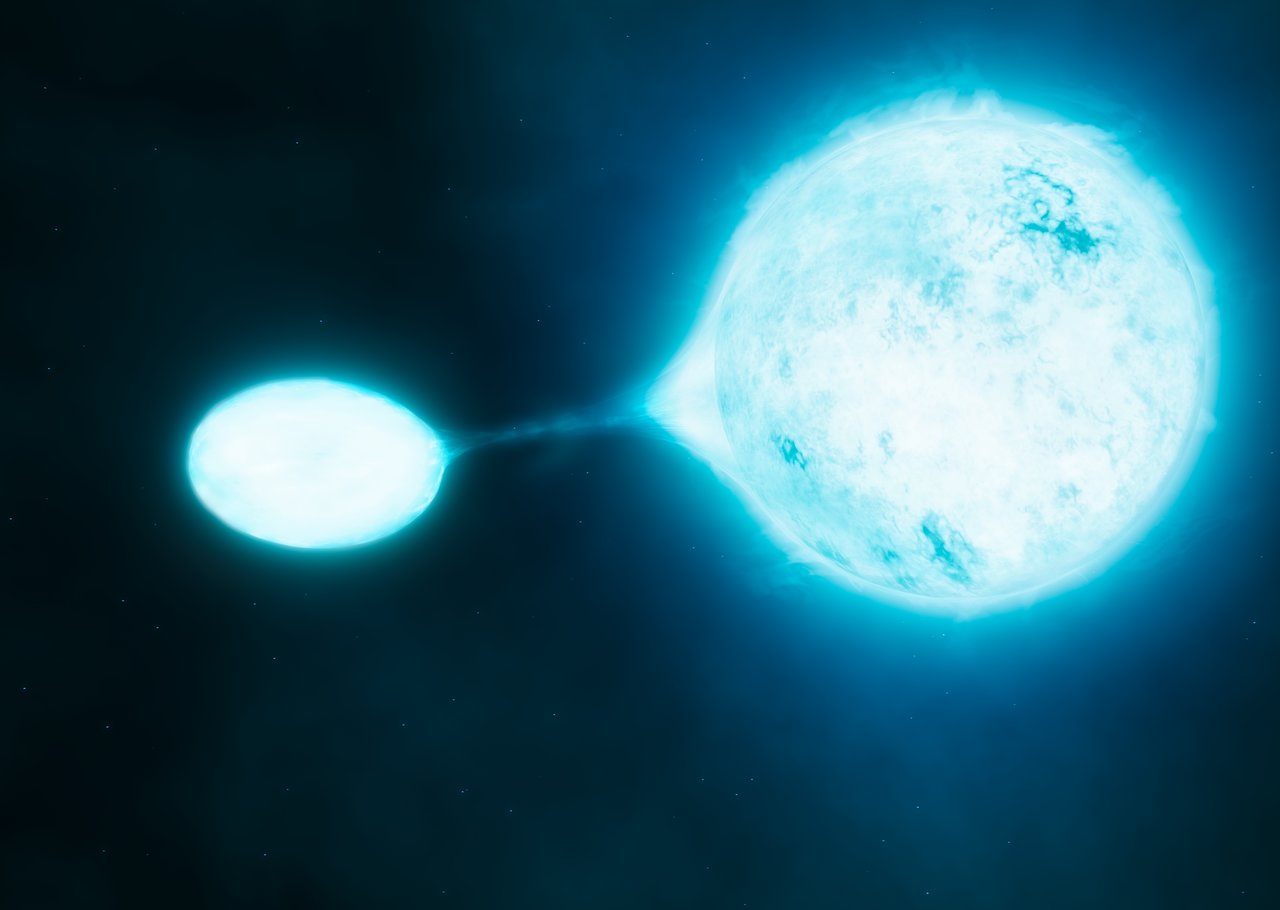
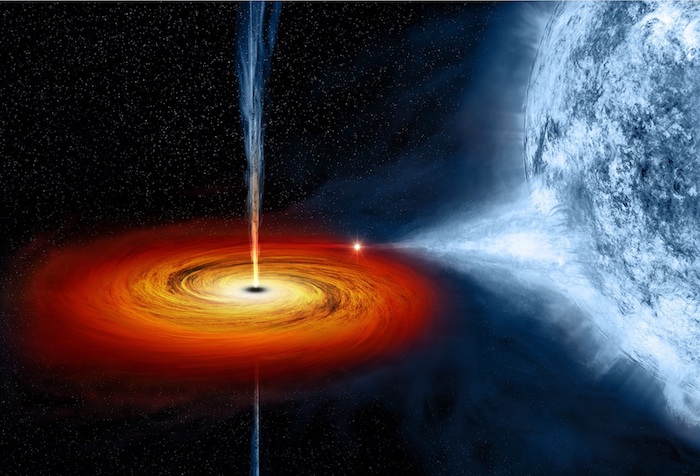
Skills
Multi-wavelength spectroscopy of large sample of stars (X-ray, UV, optical, IR, Radio)
Study of massive stars: OB stars, Binaries, Be stars, B supergiants, HMXBs with black hole, stripped stars
Data acquisition and reduction of large data sets (ESO, HST, GTC, GMRT, XMM, TESS)
Spectroscopic analysis using state of the art stellar atmospheric models
Dealing with large set of parameters in the analysis, composite spectra analysis
Experience in binary orbital analysis, light curves, ISM studies
Stellar evolutionary model calculations for binary and single stars
Knowledge in spectra, imaging, data analysis and visualization tools
Postdoctoral Researcher
Zentrum für Astronomie der Universität Heidelberg
Funded by Deutsche Forschungsgemeinschaft (PI: Sander)
Postdoctoral Researcher
University of Potsdam, Germany
Funded by Deutsches Zentrum für Luft- und Raumfahrt (PI: Oskinova)
PhD in Astronomy and Astrophysics
University of Potsdam, Germany
M.S.in Astronomy and Astrophysics
B.Tech in Electronics and Communication
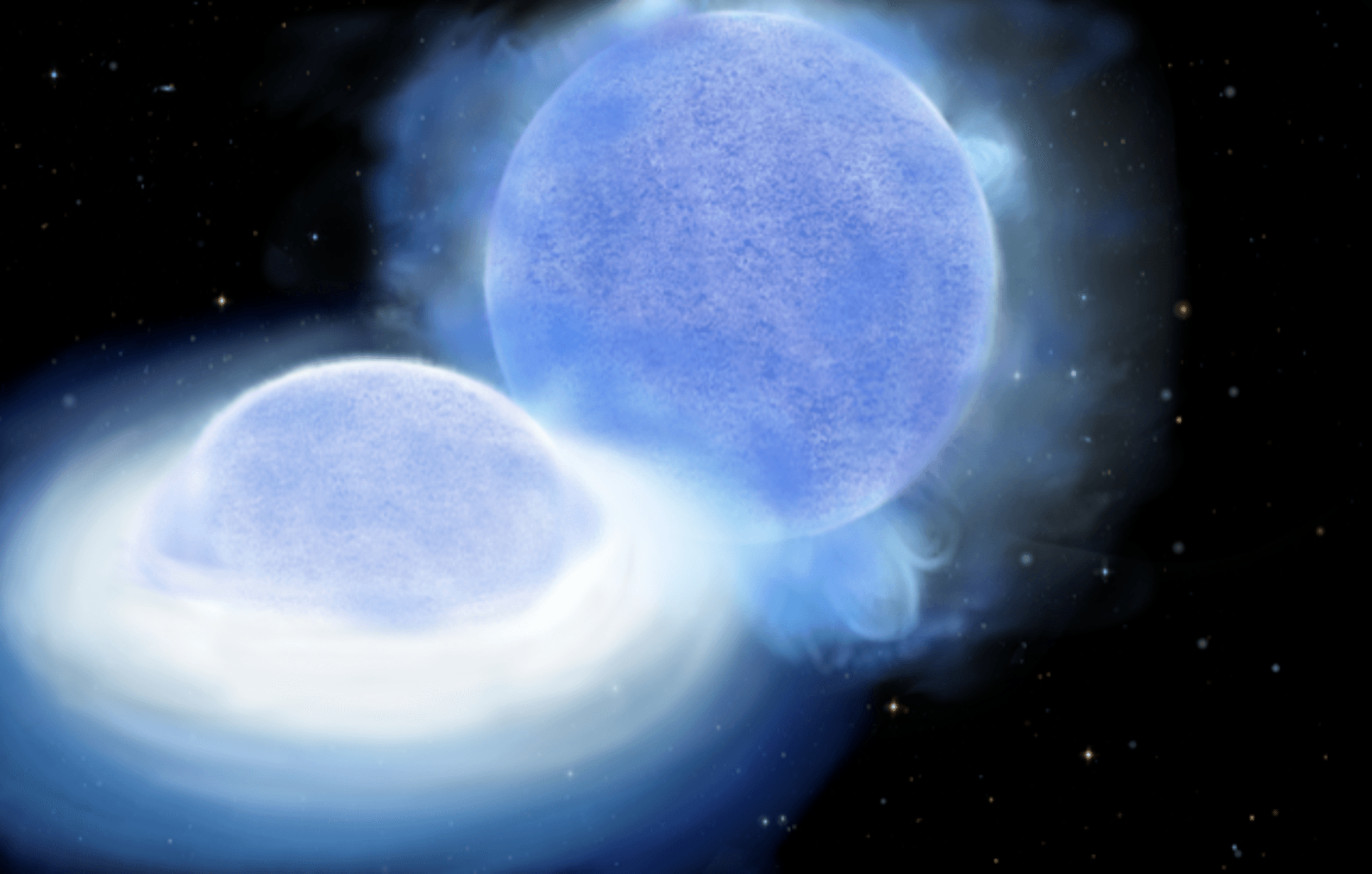
Stripped stars hiding in Be binaries
We identify the first representative of the long predicted, but never confirmed population of intermediate-mass stripped stars. “Stripped stars” are stars that have lost most of their outer layers, revealing the dense helium core. Most are formed in binary star systems in which one star’s strong gravitational pull peels off and absorbs matter from the companion. For a long time, we have known of low-mass stripped stars (known as subdwarfs) as well as their massive cousins (known as Wolf-Rayet stars) but until now, we have never been able to find any of the so-called “intermediate-mass stripped stars” that had long been predicted to lie in between, raising questions whether our basic theoretical picture needs a major revision.
By surveying hot and luminous stars with high-resolution spectroscopy of the VLT, we finally discover an intermediate-mass stripped star. It lives in a binary system, orbited by a very fastly rotating companion (a so-called Be star) that had been spun-up by accreting mass from the stripped-star progenitor. With our discovery, we demonstrate that the long-missed population of such stars is there! But our findings also indicate that they might look very different from what we had expected. It turns out that instead of having completely lost their outer layers, such stars may retain a small but sufficient amount of hydrogen on top of their helium cores, such that they appear much bigger and cooler than previously thought. We thus call them “partially stripped stars’’. Their mantle of remaining hydrogen is a form of disguise: partially stripped stars resemble most of the normal stellar population, hiding in plain sight, and only high-resolution data combined with careful spectral analysis and detailed computer models can reveal their true nature. No surprise they have evaded detection for so long! The particular giveaway of this star was its mass: a few times more massive than the Sun may seem like a lot, but that is extraordinarily light for its blue supergiant appearance.
The newfound system serves as the critical link in the evolutionary chain connecting several different “species” of exotic objects. Our stellar models predict that in about a million years from now, the stripped star will explode as the so-called stripped supernova, leaving behind a neutron star remnant. This is the first such stripped star found to date. If the binary survives the explosion, the roles will reverse: this time it is the Be-star companion that will donate mass to the neutron star accretor, becoming one of the so-called Be X-ray binaries. These fascinating systems are thought to be the progenitors of double neutron star merger events: perhaps the greatest cosmic spectacles observed to date. Understanding their formation path is one of the main challenges of modern astrophysics, and observation of intermediate evolutionary stages is the way we hope to achieve it. Our discovery adds a new piece to the puzzle, yielding the first direct constraints on how mass transfer evolution proceeds in such massive star systems.
Paper link https://www.aanda.org/articles/aa/full_html/2023/06/aa46818-23/aa46818-23.html Press release by Heidelberg University: https://zah.uni-heidelberg.de/news/detail/light-supergiant-reveals-a-missing-evolutionary-stage
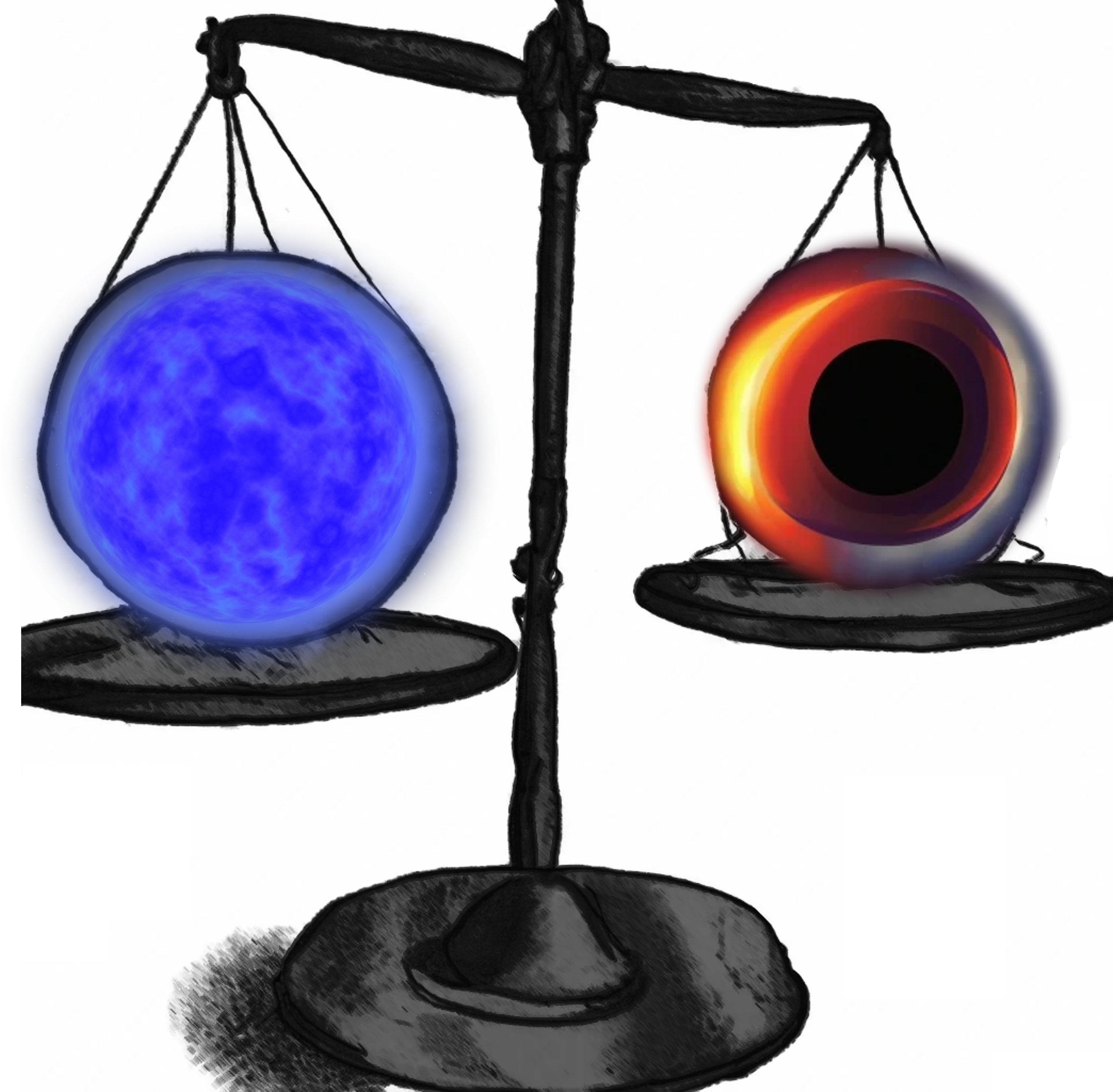
Weighing a black hole
M33 X-7 located in the Triangulum Galaxy, is the only known eclipsing black hole high mass X-ray binary. The system was previously reported to contain a very massive O supergiant donor of 70 solar masses and a massive black hole of 16 solar masses in a short orbital period (Orosz et al. 2007). The total mass of the system was estimated to be around 85.7 solar masses, making it the most massive black hole binary system. These high masses and other properties of the M33 X-7 binary system were difficult to explain using conventional stellar evolutionary models.
The most reliable way to measure the mass of a star is by using Kepler’s Third Law of Motion. However, in the case of black hole X-ray binaries, which are similar to single-lined spectroscopic binaries, only the radial velocity curve of the donor star is available. This provides information about the orbital period and the radial velocity semi-amplitude of the companion star. These two values can be combined in the mass function equation to determine the masses of both the compact object and the companion star, as well as the binary mass ratio and inclination angle. However the biggest challenge is measuring the mass of the massive donor star!
In contrast to low-mass stars, estimates of the mass of massive stars based on luminosity, photometry, or spectral type calibrations can be highly inaccurate. Especially in X-ray binaries, there is already a history of interaction and mass exchange. One need to perform a detailed spectroscopic analysis to derive the mass of the donor and hence the mass of the black hole. For that we need to employ current generation of expanding stellar atmosphere codes.
We used phase-resolved simultaneous HST and XMM-Newton spectroscopic observations along with archival optical spectra to study M33 X-7. Then we carry out a detailed atmospheric analysis of multiwavelength spectra, taking into account line-driven winds, wind clumping, complex effects of millions of spectral lines, and X-ray photoionization. Our comprehensive spectroscopic investigation of the donor star (X-ray+UV+optical) yields new stellar and wind parameters for the system that differ significantly from previous estimates. In particular, the masses of the components are considerably reduced to 38 solar masses for the O-star donor and 11 solar masses for the black hole.
Taking the updated parameters of M33 X-7 from the new observations into account, we attempted to trace its evolution using binary evolution models. We modeled the system from a ZAMS binary system until its current state. We found that the initial masses of the M33 X-7 progenitors are comparable to that of typical O-star binaries. The system is transitioning toward an unstable mass transfer phase, resulting in a common envelope with a deep spiraling of the black hole to the envelope of the massive donor. Since the mass ratio is q > 3.3 and the period is short, the common envelope phase is likely to result in the merger of two companions resulting in a heavier black hole.
Paper link: https://www.aanda.org/articles/aa/abs/2022/11/aa43683-22/aa43683-22.html

Nearest metal poor massive stars found in the Magellanic Bridge
One way to probe low metallicity massive stars (less than 10% of solar) is to go to distant (> 1 Mpc) dwarf galaxies. However, the combination of distance and foreground extinction makes the observations of individual OB stars in these galaxies very challenging. On the other hand, the Magellanic Bridge, stretching between the Small and the Large Magellanic Cloud (LMC), offers a unique nearby (55 kpc) laboratory to study low-Z massive stars. A population of young stars was discovered throughout the Bridge (Demers & Battinelli 1998). This young population mainly consists of B-type stars or later. Previous studies on chemical abundances of B stars and nebula regions in the Bridge phase suggested a mean metallicity of only 10% of solar (e.g., Rolleston et al. 1999; Lehner et al. 2008).
With high resolution ESO VLT spectroscopy unveiled the presence of three O stars in the Bridge for the first time. The stars are located in the same region of the Bridge, yet they are found to be chemically distinct. One star has a metal content similar to that of LMC O stars. Another star found be in agreement with 10% of solar as observed before. On the other hand, one star in the sample is even more CNO deficient, and this is one of the most metal-poor O stars in the local group. With only 5% of solar metal content it is so far the nearest metal poor massive star!
We attribute the chemical abundance variations in the Bridge stars to insfficient ISM mixing following multiple gas accretion episodes. The HI gas accreted from the last encounter of LMC and SMC 200 Myr ago alone cannot explain the very low metal abundance of the detected O stars, suggesting that the formation of the gaseous component of the Bridge must have started many Gyr ago.
Paper link : https://www.aanda.org/articles/aa/abs/2021/02/aa39486-20/aa39486-20.html
We have obtained new HST UV spectra od these stars to understand their winds and Iron abundances. The analysis is now in progress and the results will be out soon.